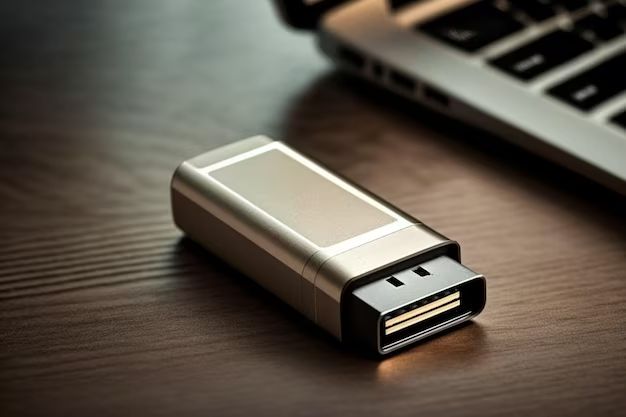Yes, a flash drive is commonly known as a thumb drive or USB drive. These are small, portable data storage devices that connect to a computer’s USB port. The name “thumb drive” comes from their small size, similar to a thumb. Other common names include jump drive, USB stick, and USB memory.
What is a flash drive?
A flash drive, also called a thumb drive or USB drive, is a small peripheral that connects to a computer’s USB port and allows you to store and transfer files and data. It uses flash memory to store data, which does not require power to maintain the information stored on it. Flash drives are rewritable, unlike CDs and DVDs.
Flash drives come in capacities ranging from less than 1GB to over 1TB. They are small and lightweight, usually about the size of an adult thumb, though smaller “nano” versions and larger high-capacity models exist. Most flash drives easily fit on a keychain thanks to their compact size.
Other names for a flash drive
Here are some other common names used to refer to a flash drive:
- USB drive
- Thumb drive
- Jump drive
- USB stick
- USB memory
- USB key
- Memory stick
These all refer to the same type of small, portable USB data storage device. The most common terms are flash drive, thumb drive, and USB drive. But they may also be referred to as a jump drive, USB memory stick, USB key, or memory stick.
Origin of the name “thumb drive”
The name “thumb drive” comes from the size of these drives. Early versions were about the size of an adult’s thumb, which is how they got this nickname. Even as the capacities have increased over the years, most flash drives are still compact enough to fit comfortably in the palm of your hand.
The thumb-sized shape makes them convenient to carry around on a keychain or toss in a pocket or bag. Their portability is one of the main advantages of a thumb drive over other data storage mediums like CDs or external hard drives.
Advantages of a thumb drive
Here are some key benefits of using a thumb drive:
- Portable and small – Easy to carry in a pocket or on a keychain
- Reusable – Can erase files and reuse over and over
- Durable – No moving parts like a traditional hard drive
- Plug and play – Connects easily to any USB port
- High capacities available – Up to 1TB or more of storage space
- Versatile – Used for storing, transferring, and backing up files
The thumb drive’s lightweight, compact size makes it one of the most versatile and portable data storage devices available. The ability to quickly transfer files between different computers is a key benefit that earned it the nickname “jump drive.”
Disadvantages of a thumb drive
There are a few potential downsides to thumb drives to be aware of:
- Can be easily lost or damaged due to small size
- Less storage capacity than external hard drives
- Generally slower transfer speeds than hard drives
- Not meant for long-term file storage
- More susceptible to viruses than hard drives
While the compact size makes flash drives easily portable, they can also be easier to lose track of. The lack of moving parts makes them durable, but they can still be damaged if mistreated. And their capacities, while large, are limited compared to a traditional external hard drive.
Conclusion
In summary, the terms flash drive, thumb drive, and USB drive all refer to the same type of portable data storage device. The small, thumb-sized shape is what gave rise to the “thumb drive” nickname. But they are also commonly called flash drives thanks to the use of flash memory technology.
Thumb drives provide a versatile way to store, transfer, and back up data files on the go. Their compact size and plug-and-play functionality have made them a ubiquitous tool for transporting digital data. So whether you call it a thumb drive or flash drive, it’s a handy portable storage device for life on the move in the digital age.

